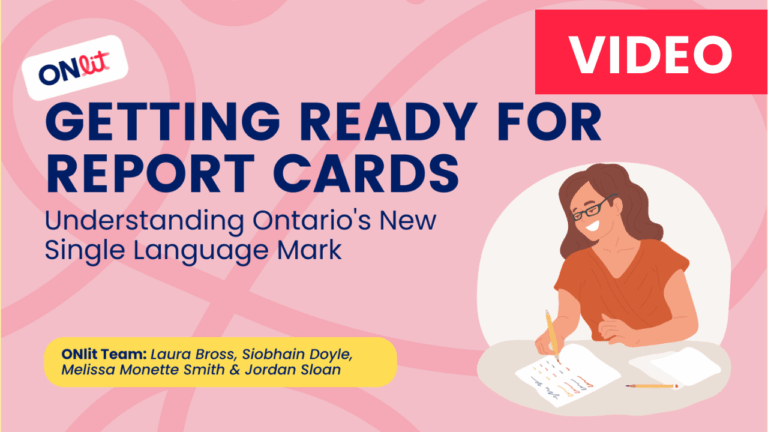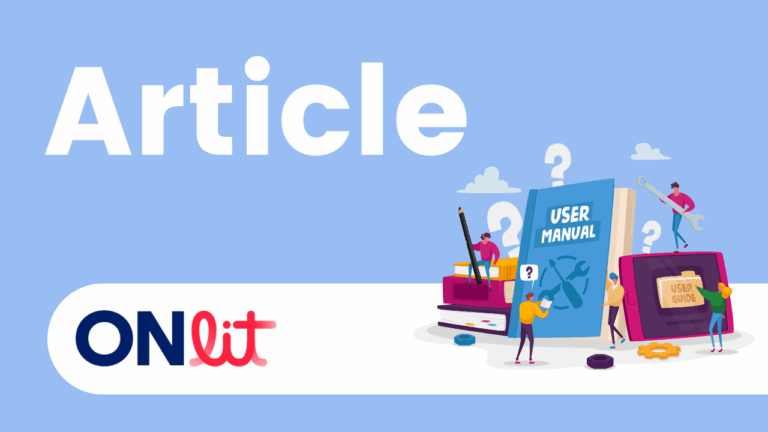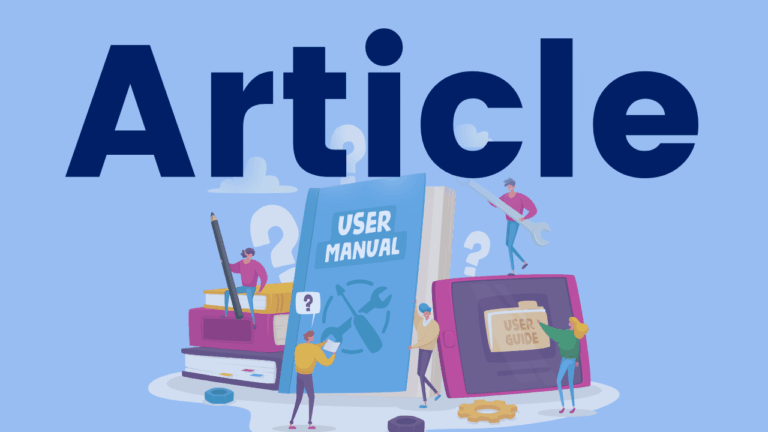Daily Pen Review
This template can be used for daily review. Created by Laura Bross and inspired by the OG Classroom Educator Course, it can be used as a quick review tool for older students who still require daily review on phonics skills. Recommendations include: Use pens for this task. When students make an error, encourage them to…






